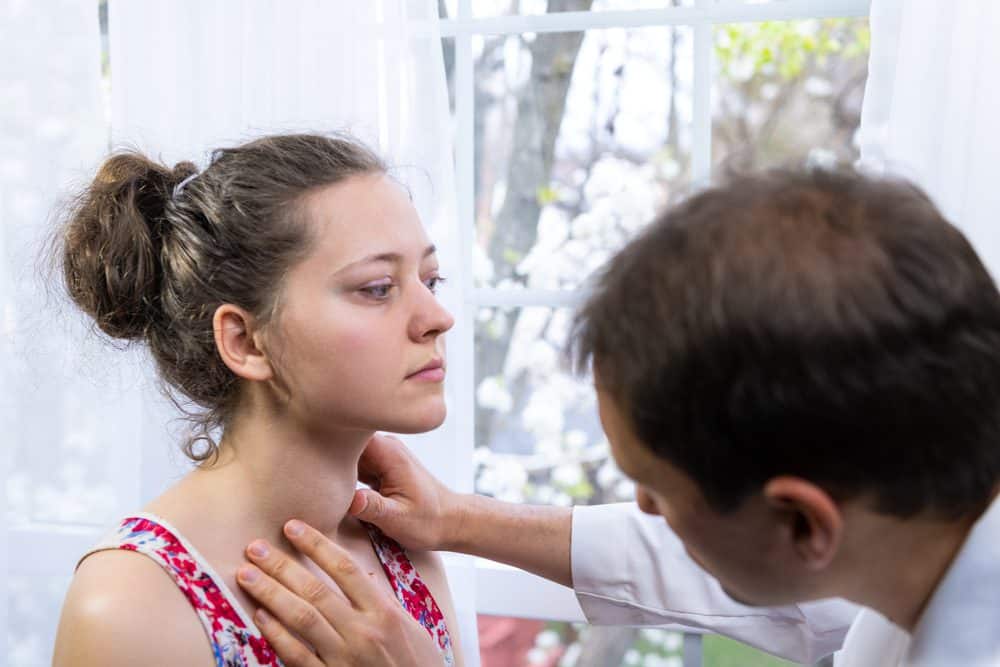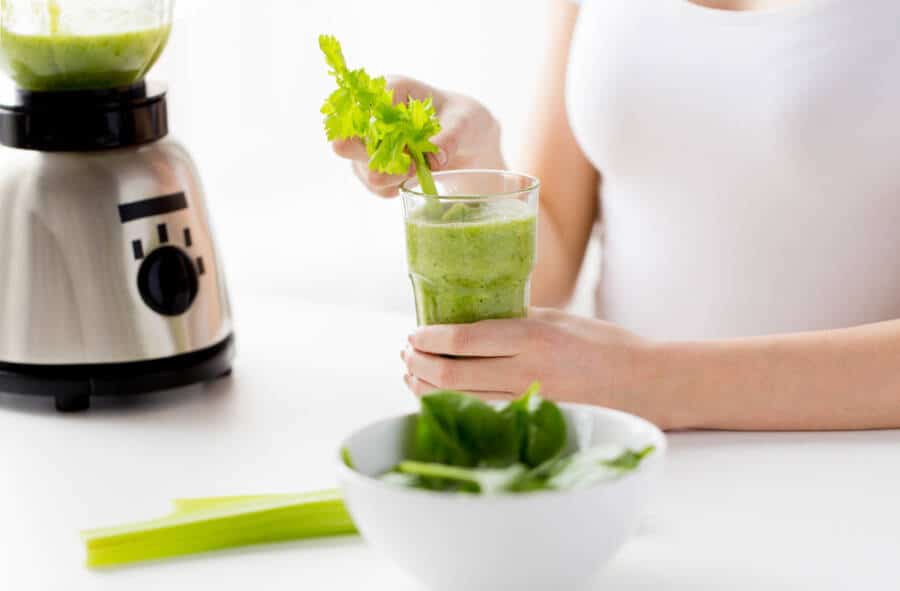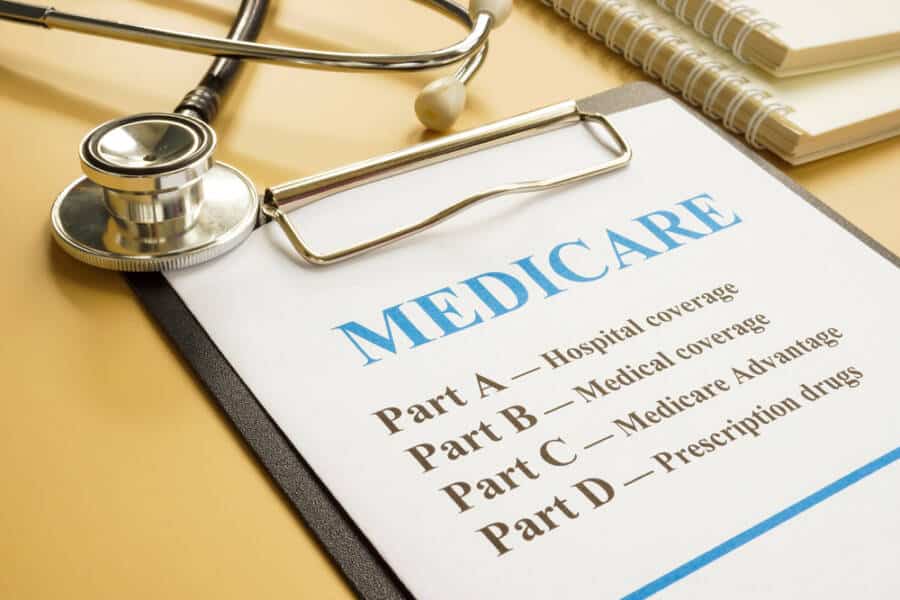
6. Schedule the test in the morning
If you’re getting a so-called fasting blood test, make an appointment as early in the morning as possible. Sleeping hours are included in the fasting period, therefore taking a blood test before breakfast will make it easier for you.
Vitamins, proteins, as well as other nutrients, are found in just about everything you eat and drink, and they can trigger temporary spikes or drops in blood levels.
Fasting between 8 to 12 hours ensures that blood test results are clear of these factors, resulting in the most reliable findings possible.
7. Let your doctor know if you are afraid
Fear of needles, commonly known as “needle phobia,” is a common phobia. Roughly 10% of Americans have the same anxiety, which is commonly triggered by blood testing at a young age. It frequently manifests as an aversion to pointed items in general.
While this isn’t particularly bothersome in ordinary life, it does make medical testing uncomfortable and worrisome.
Even though you might consider it foolish, it’s important that your Med Tech knows your situation well and whether you are scared or not.
There are a multitude of ways to make your experience better. In case your emotions take control over your body, they can have a glass of water ready and lay you on your back to avoid fainting or other injuries.
8. Keep yourself warm
It’s critical to heat up the extremity from which blood will be extracted. To stimulate blood flow to the location and make the veins perceptible, many doctors do this before doing a blood test. You can apply a warm compress on the area for ten to twenty minutes.
Before having a blood test, you can dress warmly to raise your body temperature and improve blood flow to your extremities.
The phlebotomist will have an easier time finding your veins, which will shorten your time there.






17 Responses
Excellent article!
As we age (and for some younger folks, as well), drinking plenty of water the day before the blood test helps the phlebotomist to find and puncture the selected vein, in addition to helping the patient who’s prone to fainting or dizziness.
Can’t get to f*ckin article w/o being redirected to some crappy ad/scam
very informative article
Great explination of the procedure. It was perfect and the exact way it should be done.
Previous experience working in a lab.
The ad blocked the article I was trying to read and could not be removed VERY ANNOYING
Good article. Attention, the name for the rubber band used in the blood draw is a tourniquet.
The term “tourniquet” can be fear inducing and probably applies to any of several items which can stop circulation when tightened. I think the article’s writer showed good judgement is choosing the colloquial term “rubber band”.
(1) Two glasses of water will “pump-up” your veins, so that the blood draw is easier for the tech.
(2) Press the cotton pad they put on the opening firmly. It will immediately close the vein and clot any blood, minimizing the bruise/discoloration.
Stop. I tried to read this article but Instead had to go through several useless downloads
I wish they would stop all the unnecessary ads and distractions.
I found it interesting to see these steps now I can be aware of how it is done
I suppose I could have reviewed the article pre-publishing. The article is very good BUT nothing new for me.
Thanks for posting this!
I was in the medical field for 20 yrs before I became disabled so much of what I read I already knew. What I didn’t know was what certain meds could affect my blood tests. This was great information for my next blood test!
I got a flu shot one hour before my physical and I did not tell the doctor. My blood pressure was way different than normal and the doctor give me an EKG and said it did not look right. I have taken my blood pressure several times since then and it has been normal every time. Is it possible that the shot screwed up things for a couple of hours? Larry Clark
Great article. It covers everything.
Your information is too much and not in order or sequence. I try to read some article and your ad is showing many articles at the same time. This is making me to be lose and my interest reduce because I do not know where to find what I supposed to read.